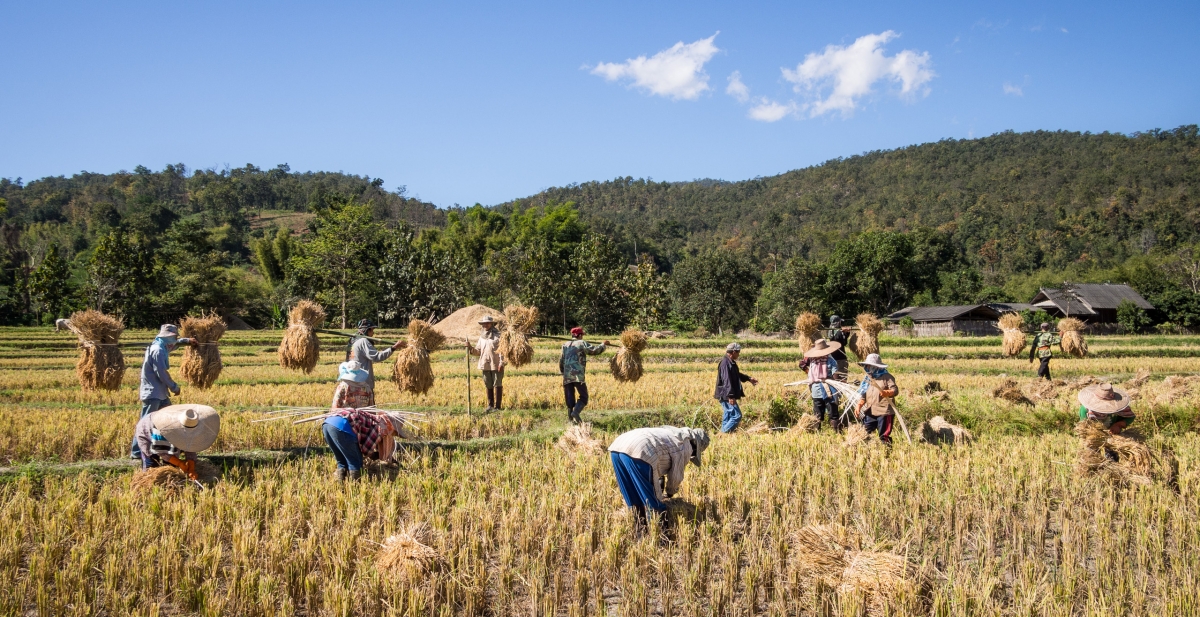This abridged version has been republished with permission from the Stockholm Environment Institute (SEI). To view the full post at SEI, please click here.
Starting on 8 August, SEI and the UNEP 10-Year Framework of Programmes (10YFP) Sustainable Food Systems Programme and International Resource Panel (IRP) will be launching a five-week massive online open course (MOOC), Food and Our Future: Sustainable Food Systems in Southeast Asia. This blog post provides a preview of some of the issues to be addressed.
Digging into the issues
Over the last decade, more intense and frequent storms, floods and droughts have damaged many key food production areas in the Mekong Region, such as the rice growing plains of central Thailand and southern Laos, and the fertile deltas of the Mekong and Red Rivers. One estimate by the FAO for the Asia-Pacific region shows that at least an additional 50 million people would soon be facing serious hunger due to climate change and the number will climb to almost 130 million by 2050. In the Mekong Region, the damage to infrastructure and farms from the increasing frequency of natural disasters has further worsened food insecurity.
Seasonal and spatial insecurity
“Food security is not just about the numbers of people facing extreme hunger or malnourishment. We see also seasonal and spatial food security,” says Suriyan Vichitlekarn, the senior regional advisor for GIZ's ASEAN Sustainable Agrifood Systems (SAS) Project.
“This means that during certain months or seasons of the year, people may have have enough food to consume. But in other seasons, extreme weather events such as droughts or floods may affect their ability to obtain sufficient food to eat,” Vichitlekarn explains.
The Mekong Region has been suffering one of its worst ever-recorded droughts since 2015. Although the recent onset of the monsoon rains has provided some relief, the effects of the drought, and subsequent salinity intrusion, are still being felt in many regions such as the Mekong Delta in Vietnam. This has raised fears of an extended food security crisis across the region. Climate change is also expected to raise sea levels, which may result in a reduction of agricultural lands in some countries, as well as large changes in growing conditions for different crops, livestock, and fisheries.
To continue reading this peace at SEI, please click here. To find out more about the MOOC on sustainable food systems in Southeast Asia, click here.












